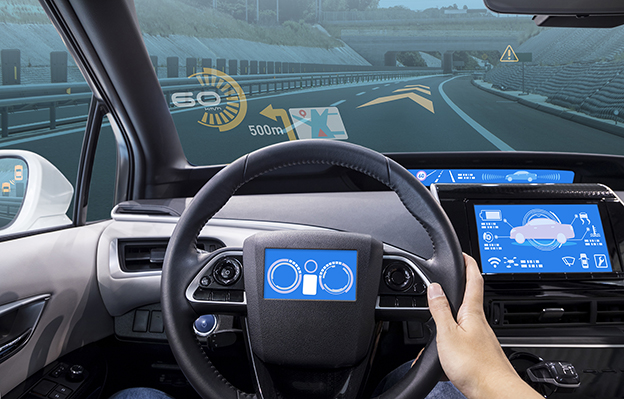The automobiles in the late 19th and early 20th century did not have a complex dashboard displaying a multitude of information like we have today. The industry was very young and the inventors and technologists focused on making sure that these ‘horseless carriages’ went from point A to point B. Builders and consumers did not have the time and capacity to incorporate extensive diagnostics and metrics to understand the state and performance of these vehicles.
As the automobile technologies matured, dashboards were put in place to give people information about how the vehicle was performing. Speedometers tell us how fast we are going. Oil and temperature gauges give us insight into the health of the engine. Air pressure monitors let us know when to add air to our tires. Today, we even have built-in compasses and GPS systems that can pinpoint our location on the planet within a few meters.

Why make apps go, if one cannot see how, where, and why they are going?
Today, IT organizations do not want to deliver applications blindly to the users. They are responsible for monitoring and maintaining the SLAs that are defined for each application. It is critical to understand the state of the application to maintain these SLAs.
[You might also like: When the Application Stops Flowing, What Next?]
This cannot be achieved through network performance monitoring or server/resource-based monitoring solutions. These tools provide insight into the overall health of components within the IT infrastructure, but they do not focus on the nature of the applications. These applications move through the infrastructure and consume various resources such as network bandwidth, memory, and processing along the way.
Delivering applications and assuming that they are getting to their destination in a reasonable manner is no longer acceptable to businesses. A dashboard, of sorts, is necessary to tell the business how the application is delivered and whether the delivery of that application is meeting all of the SLA requirements in all situations and locations.
Mature technologies deliver mature diagnostics
In the world of application delivery technologies, application delivery controllers (ADC) are the engine that help applications get from point A to point B. The ADC technologies have been around for 20 years, making application delivery solutions mature and well established within the IT environment.
The evolution of the automobile technology meant the inclusion of diagnostics and performance metrics to understand what the vehicle was doing. IT organizations need similar metrics and diagnostics from their ADC solutions.
The ADC is well positioned within the IT infrastructure to give insight into the health and performance of the application. As a reverse proxy that manages the connections and content between the user and the application, the ADC is in a unique position in the application delivery path to offer valuable information about the application’s state.
Ideally, the ADC is able to understand the application enough to know about the client-server relationship and deliver real-time statistics that clearly explain how the application is performing end-to-end. The ADC technology provides critical insight for the application delivery networking dashboard that businesses require to manage how their apps go in today’s complex IT environment.

Read "Keep It Simple; Make It Scalable: 6 Characteristics of the Futureproof Load Balancer" to learn more.
Download Now